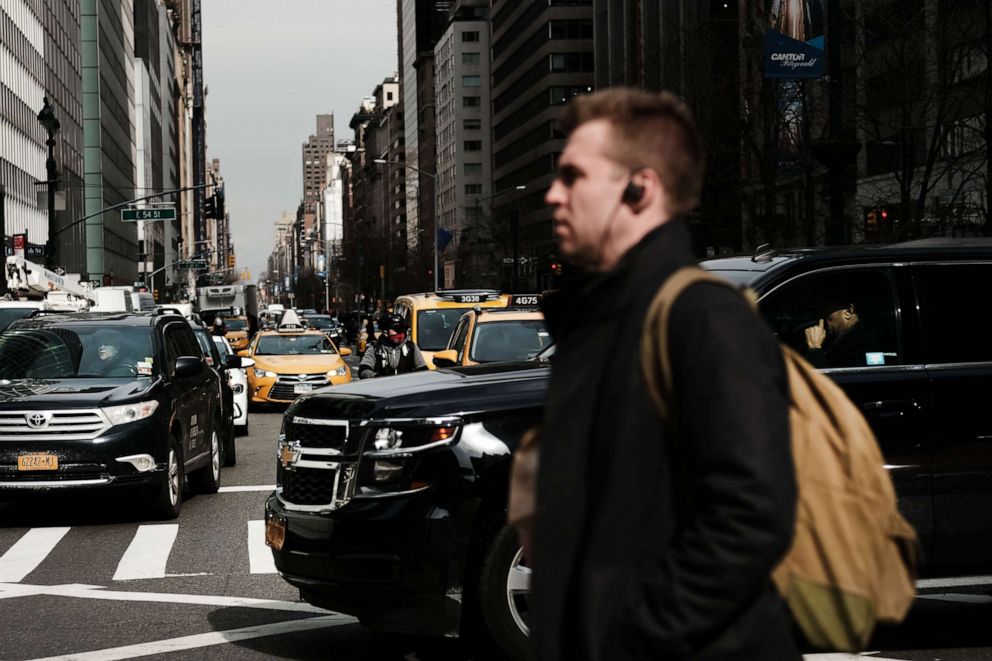What to know about Manhattan's congestion pricing plan
There are still some pothole-sized gaps in what's known about the newly-approved congestion pricing charge that is slated to help curb traffic in Manhattan and raise funds for the city's public transportation system.
The congestion pricing plan, which will be the first of its kind in the U.S., was included in New York's 2020 budget, though the exact timing of the herculean effort remains unknown.
The concept of adding a charge for driving in a city's busiest parts isn't new; a similar plan has been in effect in cities like Stockholm and London.
Here is a rundown of what we know about the plan and what it means for both residents and visitors.
Location
The congestion charge will apply to motorists entering the “central business district” of Manhattan, which includes the streets below 60th Street. The West Side Highway and FDR Drive would be excluded.
How much will it cost drivers?
The cost is expected to be around $11 or $12 per car and about $25 per truck. A review board will determine the final charge, ABC station WABC reported.
A vehicle will only be charged once per day.
When will this start?

Implementation will likely start after Dec. 31, 2020. There has to be a 30-day testing period followed by a 60-day period where “established tolls” can be charged but no other fees, charges or fines can be collected.
Those guidelines suggest that the plan would start around April 1, 2021.
How will it work logistically?
Officials with the Triborough Bridge and Tunnel Authority will be in charge of planning, designing, installing and maintaining the congestion charge program, which is more formally referred to as the “Central Business District Tolling Infrastructure” in the budget.
Motorists will be able to pay using credit or debit card, check, by telephone, online and “any other method of payment” that the authority determines.
There will be a warning in the form of signage that will “provide notice at a reasonable distance prior to, and upon entry into, the central business district,” the budget states.
Will there be exemptions?
Yes, but we likely don’t know all of them yet. The budget notes that “no qualifying authorized emergency vehicles … or a qualifying vehicle transporting a person with disabilities” will be charged the toll.
It also states that the governing authority “shall implement a plan to address credits, discounts, and/or exemptions for for-hire vehicles as defined by, and subject to a surcharge” based on the recommendation of the Traffic Mobility Review Board.
Why is this happening?

The money raised by the congestion charge will go toward reforming the Metropolitan Transportation Authority (MTA), which runs the city’s subway and bus system.
A statement from the governor’s office notes that the central business district tolling program is expected to raise $15 billion.
"The MTA is in dire financial situation," said MTA president Patrick Foye at a news conference Monday.
How did this work in London?
A congestion charge was put in place in central London in February 2003 and has largely been hailed as a success. Traffic dropped 30 percent in area after the first year.
Caroline Pidgeon, the chair of London's Transport Committee that penned a reporton the program in 2017, wrote that the "scheme has proven successful" but added that "congestion has begun to increase sharply again, and not just in central London but across the capital."
Foye said he and other New York officials studied the programs in London and Stockholm in creating the New York City version.
“The technology has only improved since then,” Foye said in reference to other programs, “and gotten more efficient, smaller and cheaper.”
ABC News Mark Crudele contributed to this report.





